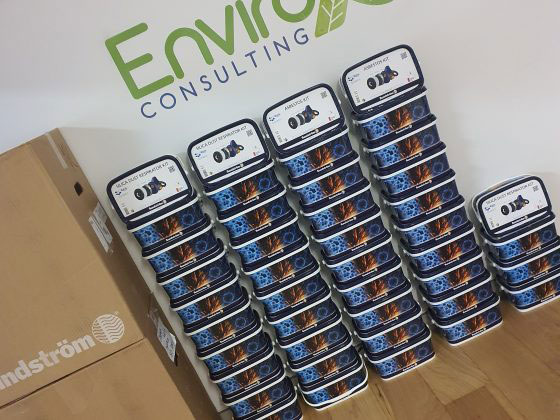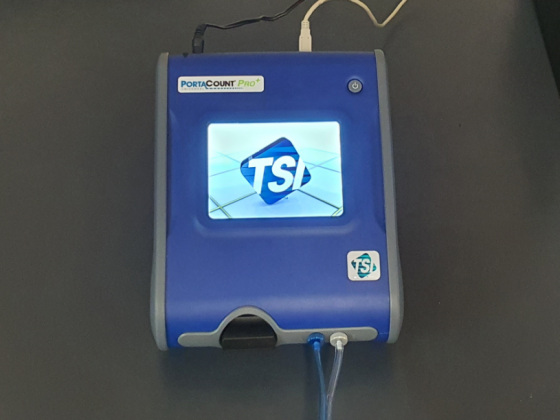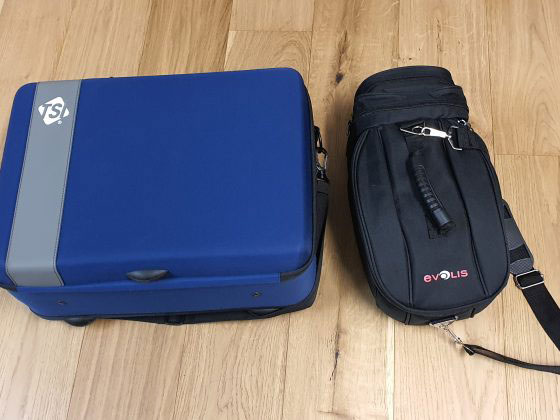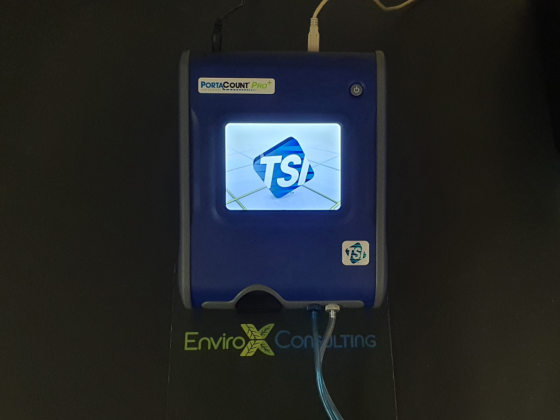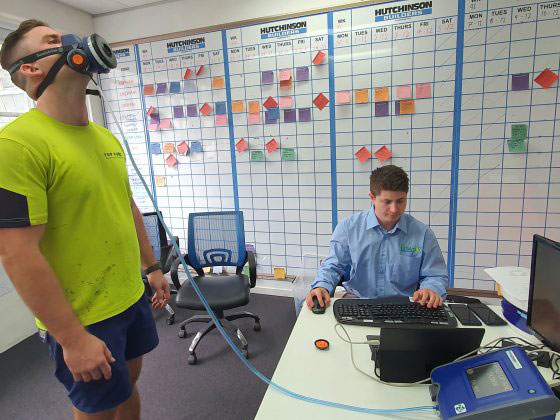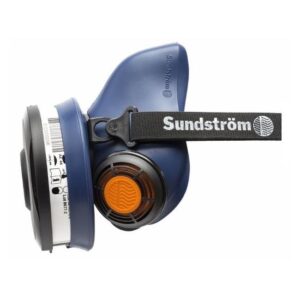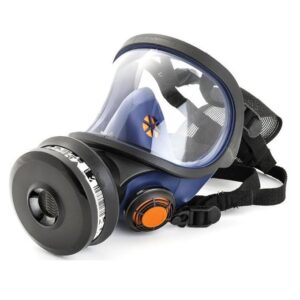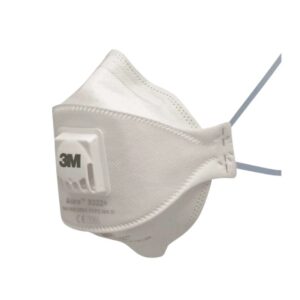Respirator Fitness Testing
General Information
Respirator Fitness Testing
Whether you use a mask for protection from Asbestos, Viruses such as Covid-19, lead, dust or any work requiring a mask or respirator, The Australian Standard AS/NZS-1715:2009 states that the proper fitting of respiratory protective equipment requires the use of a fit test to determine an adequate match between the facepiece of the RPE and face of the wearer, and recommends annual fit testing of respirators.
EnviroX Consulting provides in house or on site respirator fit testing. We use the Quantitative method using a TSI portacount respirator fit tester which eliminates the guesswork associated with qualitative fit test methods. Passing a Quantitative fit test proves that the respirator is sized correctly and the person is competent in donning the respirator.
Upon passing the fit test the wearer is issued with a fit test report and printed fit test card which states name, ID number, date of test, next test due, mask tested on and the overall fit factor. A fit factor of 100 is required for half face masks, and a fit factor of 500 is required for full face masks.
It is recommended you bring your own mask for fitting if you already use one so that we can ensure it fits you adequately. Out consultants can provide advice and aid to help your mask seal properly on your face, while measuring a live fit factor to ensure your fit test passes. EnviroX Consulting can provide various styles of mask for you to try to make sure you leave your fitting with a suitable fitting mask that achieves a suitable fit factor and will keep you safe.
We ask that any facial hair is shaved prior to your mask fit test, as facial hair can inhibit the seal on the mask, interfering with the fit factor. The attendee must not eat, smoke, drink coffee or chew gum for at least 1 hour prior to the fit test to prevent interference with test measurements.
Quantitative fit test (OSHA)
Asbestos is harmful for your health
Services by stages
Asbestos Inspection
Due to the fact that the ban on Asbestos did not come into effect in Australia until 31 December 2003. This means that many homes and buildings may still contain ACM.
Prior to any renovation or demolition for a building built prior to 2003 an asbestos inspection/asbestos material survey / hazardous material survey should/must be conducted

